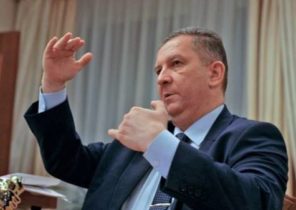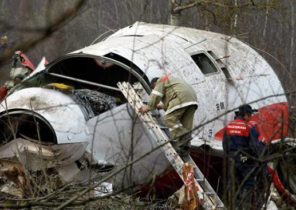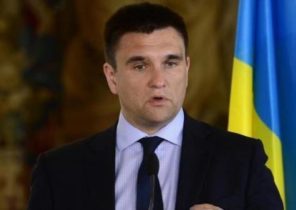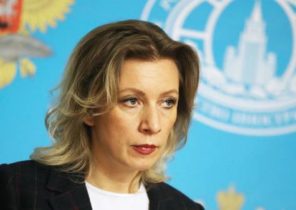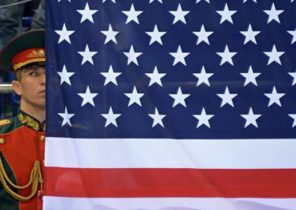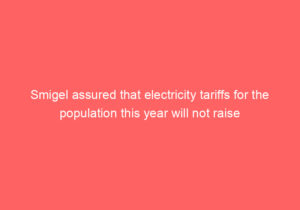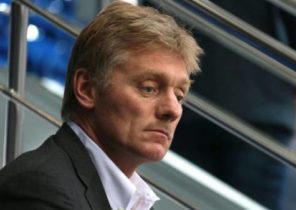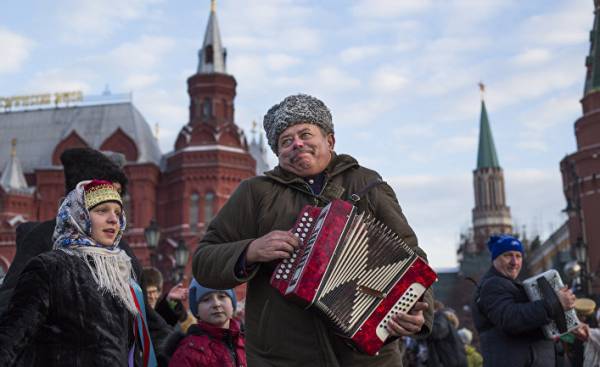
If you decide to drink vodka with the Russian, in the end, the risk to finish the performance (and be ridiculed) in a Moscow karaoke. I say this based on my own experience.
In July 2016 I had the opportunity to go to Russia. To talk about the country’s level of development is to speak of its economic, social and political indicators. To tell about the level of development of Russia, I took advantage of his mission to its capital, to make a survey of some of these indicators. To understand its current situation, I will also do a quick overview of the glorious past of this great country.
Stan my friend, with whom we a few years ago together, was in Rabat on business. He then returned to his home, and I took the opportunity to visit him. We agreed to meet in red square. He will be my guide in this hot summer day. I see him coming my way from Saint Basil’s Cathedral with a smile on her face. It’s all from the firm Louis Vuitton: shirt, pants, briefcase and even shoes. His clothes seemed to confirm the information that I had about Russia: a sharp reversal from communism to most that neither is on wild capitalism.
Spectacular economic growth
This reversal contributed to the impressive economic growth recorded in the last 15 years. And yet conspicuous disparity raises questions. As pointed out by Fernando Blanco (Fernando Blanco) in his article “New Russians turn to capitalism” (Los nuevos rusos se abrazan al capitalismo), wealth growth has affected only about 10% of the population (half a million people in 145 million inhabitants). It is mainly former government officials who have benefited from the fruits of wild privatization of industrial enterprises in the 90-ies.
According to Fernando Blanco, the other side of the coin is the “new poor” (in Russia, unlike Western Europe, there is no middle class). Among those who were on the side of life, three million homeless, the vagrants four million and three million homeless children.
Majestic past that explains the present complex
The transition to capitalism occurred after the Soviet period. But what happened to him? Let’s look at the history of Russia, focusing on the reign of her three (possibly) the most outstanding of the kings:
Peter the great ruled Russia from 1682 until his death in 1725. He has carried out modernization through cooperation with the West and expanding the boundaries, turning the Russian Kingdom one of the major European powers.
Catherine II was Empress of Russia from 1762 until his death 67 years later. She continued the work of Peter And if he opened a window to Europe on the Baltic coast, it strengthened the position of Russia on the Black sea. Peter I have purchased a technology, adopting the structure of public administration and the regular army. Catherine II brought Europe from a political, legal and moral philosophy, but also medicine, art, culture and education.
And, finally, Emperor Nicholas II, more commonly known by what he did than by what did. He ruled from 1894 until his abdication in 1917. During his reign, the Russian Empire suffered a military defeat, and its economy was severely undermined. As President, he ordered a General mobilization in August 1914, which meant Russia’s entry into the First world war with the subsequent revolution and the fall of the Romanov dynasty. His reign ended with the beginning of the Russian revolution. Nicholas II was executed by Bolsheviks together with his family in 1918.
In the Kremlin there are many interesting and beautiful gardens, cathedrals, museums, palaces… We went around the whole of its territory, and then went on to an equally magnificent building of the Museum of fine arts named after A. S. Pushkin, works of art, in large part has the Russian government after the 1917 revolution.
Speaking about Soviet Russia, without going particularly into the details, we can say that this was the period that began after the revolution of 1917. After the revolution was followed by Civil war between the whites and the Bolsheviks, led by Lenin. Victory it was won by the Bolsheviks. As a result, on the territory of the former Russian Empire, a number of republics, which in 1922 joined the Union of Soviet Socialist Republics.
In the second half of the 80 years of Mikhail Gorbachev decided to take measures to overcome the onset of decline and began to implement ambitious policy reforms, dubbed “perestroika”. Thus, he wanted to reform (but not destroy) the Soviet government established by Lenin in 1917. Soon, however, conversion is out of his control, ending a historic experiment, which was the whole XX century.
Corruption
We Stan for a walk on the streets of Moscow. Some of them change the sidewalk. “Just two years ago changed the coating and it was in perfect condition,” says Stan.
“So what’s the deal, why me again?” — I ask. “Do conclusions”, — smiles slyly Mill.
Yes, corruption is, indeed, the national problem in Russia. At least, so says an information resource Russia Beyond the Headlines. According to his estimates, in September 2015, the corruption was 54% of GDP and undermined the Federal budget.
To stop corruption, Vladimir Putin ordered to pay the stolen funds to the state income. British Corporation BBC, for its part, accused the Russian President that using corruption schemes he (at least partially) made a fortune of 40 billion dollars.
Due to the fact that the ruble has depreciated by more than half, I can afford to dine in an expensive restaurant. A few months before my trip, my hands accidentally hit article the news Agency EFE, which describes the situation in the country and lists the main problems of Russia. After reading this article, I discover that the Russian leadership calls the collapse of the ruble a simple volatility in the market prices.
And, again, according to EFE, is not the only problem, which is denied by the Russian government. At that time in the UK ended the investigation on the case of former FSB officer Alexander Litvinenko, who died from poisoning in London in 2006. The findings of the investigation indicated that President Putin “probably” instructed to eliminate Litvinenko. Despite the gravity of allegations of state terrorism, the Russian government decided to ignore them.
And, in addition, there is a problem of a collapse in oil prices, the main source of a profitable part of the Russian budget. This forced the government to declare about the economic slowdown, which decreased to 2015 (from 3.9%). On the other hand, the involvement of Moscow in the Ukrainian crisis has deprived Russia of an important source of funding. All this has led to outbursts of public discontent in 2016 and even mass protests.
Poverty and hunger
Information resource Russia Beyond the Headlines says that the economic crisis in Russia entails such a growth of poverty that the number of poor in the country may return to the 2005 figures.
We talk about food in Russia — means to be between lack of information and optimism. Food and agriculture organization of the United Nations (FAO) indicates no data as the number of undernourished people, and the shortage of food products in Russia. It should be noted that, since 2000, the average consumption of proteins, the number of daily calories, contained in food, and availability of clean drinking water was sustained and significant improvement (according to FAO).
Health
In the summer the length of daylight in Moscow is extremely high. When we left the restaurant, it was still light. Stan invited me to wineries. I was impressed by the amount of vodka that was drunk by visitors. But even more I was amazed at the speed with which they finished off the bottle. According to the results of a study published in the Lancet, one quarter of Russian men die before 55 years of age. The main reason for these deaths is the abuse of alcohol. Let’s look at data provided by the world health organization (who). We will see that life expectancy is 76 years for women and around 65 for men.
In addition, the probability of death between 15 and 60 years is 325 in men and 118 in women (per thousand people). Finally, it is necessary to specify that in 2014 (last available data) total expenditure on health was 1 836 thousand dollars per capita.
Stan suggested another bottle of vodka. I raise thrown me the gauntlet and give an affirmative answer. If you want to know what happened, refer to the first sentence of this article.

